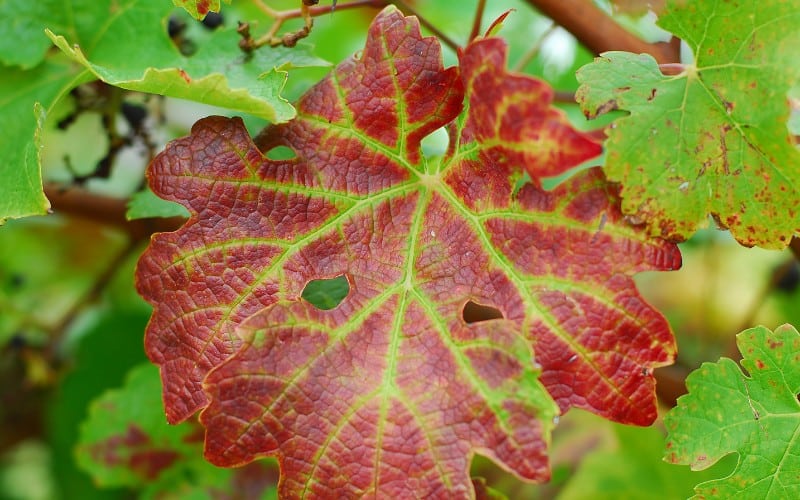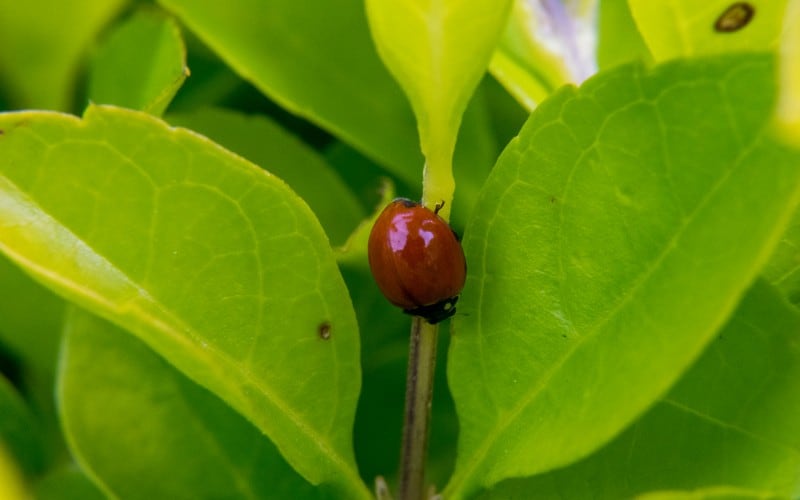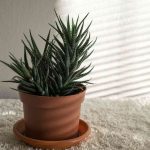It is absolutely normal for the leaves of your trees to turn brown and even fall off, especially when you live in a part of the world that has fall or autumn as one of its seasons. Many people even anticipate the season because of how beautifully the fallen leaves adorn the earth.
But leaves turning brown no longer becomes a thing of beauty if they are happening anytime asides fall. In other words, leaves turning brown when it is not Fall season yet means that something is wrong.
It means that your tree is disturbed and needs tending to. So, why is tree leaves turning brown? Well, the primary reasons why tree leaves turn brown can be attributed to diseases, wrong fertilization, dehydration, excess salt, excess exposure to sunlight, etc. We shall look into these causes in detail below.
Let's get started!
Table of Contents
Why Is Tree leaves Turning Brown?

As far as it is not yet the Fall season, your leaves turning brown is not good news, and here are some of the reasons why that has happened the leaves of your tree is turning brown:
1. Excess Exposure To The Sun
Excess exposure to the sun has got to be the leading reason why leaves brown out ad fall of the tree. A name for this phenomenon is ‘leaf scorch’.
Other factors can further aggravate the situation like excess fertilizer, root damage, and even strong winds. All these can mess with the tree, leaving it at the sub’s mercy.
Young plants tend to suffer from leaf browning more. What this entails is that you will have to plant during fall or spring or when the UV rays aren’t intense.
You can also, if possible, transfer the young plant to a place with a bit of shade. You can apply cheesecloth on the branches to help screen the amount of sunlight that hits the plant.
2. The Shock Of Transplant
Trees are just like any other living thing. They too have the problem of adaptability. Sometimes, it is hard for them to adapt to the new place where they have been taken to.
This difficulty in adapting to the new site might cause what we call transplant shock. The shock causes a truckload of issues like leaf scorch, leaf wilt, curling of leaves, rolling of leaves, and yellowing of leaves.
This transfer shock should not spoil the party because the young plant will outgrow it when given time. Give the plant enough water, and it will start growing well as its roots go deeper into the soil.
For your plant not to experience transplant shock, allow it to get used to the new area for days before you place it inside the soil.
Ensure also that the hole you are putting the plant in is three times bigger than its root spread. Also, make sure the hole is deep enough so that the roots can find space to grow.
If the young plant you transplanted is Bradford pear, then you may be a little bit worried because they may not be suffering from transfer shock.
They may be fighting the fire blight infection. Their leaves will look dark brown as if they were burnt. If this is the case, you can get help from a professional to help you treat the disease.
3. Fertilization Gone Wrong
Fertilization is an essential aspect of gardening and farming, but can it go wrong? Absolutely. When you add too much fertilizer to your tree, it will burn the roots of the tree and affect the foliage. It will lead to your leaves browning.
In extreme cases, the plant may even die. You need to know the kind of fertilizer suitable for your plant. You should also know just how much will be enough for them.
It would be best if you also desisted from adding fertilizers to plants during the summer as it is a terrible practice. In the summer, the weather is hot, and the trees are trying to remain cool. When you add fertilizers to the plant at this point, they will stimulate new growth.
And new growth needs energy. If the plant used this energy to grow instead of conserve water and remain cool, it would affect your leaves, and they will begin to brown and even fall off.
When you figure that your plant is over-fertilized or you fertilized it during the summer, here is what you should do: trim the branches and then regularly add water to the soil surrounding the plant.
You can also add one mulch layer and then pour water again. This will give the root a break, and they won’t be dehydrated a lot.
4. Frost Damage
Brown leaves on your tree can be due to frost damage. Not to worry though as this can only affect your plant temporarily. Some trees like the magnolia are prone to be affected by frost damage, mostly young magnolia.
To prevent this from occurring, you can wrap your tree with a sheet or burlap in those cold times. If this browning occurred in the summer, then your plant lacks water and would need a lot to recover.
5. Salt Damage
The high alkalinity and mineral content of the soil can cause the salt content of the soil to increase. Your trees will naturally take in more water in hit periods, and if salts are available, they will take it in too.
These salts in excess can cause injury to your plants. They will make them have:
- Brown leaves
- Yellow leaves
- Slanting stems
- Falling leaves
- Chlorosis
Luckily, if this is the case, watering the plant properly can help save your plants.
6. Diseases
The leaves of the tree can go brown because the tree is suffering from a disease. What to do in this case is to get a professional to examine the plant and then proffer solutions.
7. Compact Soil
Clay soil and other compacted soil are not great for growing plants. They will not allow your roots to expand and get water, and this will lead to the browning of leaves. If your plant is on this kind of soil, add organic mulch to the soil so it can loosen up.
Conclusion
Why is tree leaves turning brown? The main reasons why your plant leaves are turning brown are because of dehydration, wrong fertilization, diseases, and excess salt.
We hope this article has given you insight on what to do to prevent or control the browning of the leaves of your tree.





